How To Fix Hard Drive Not Detected
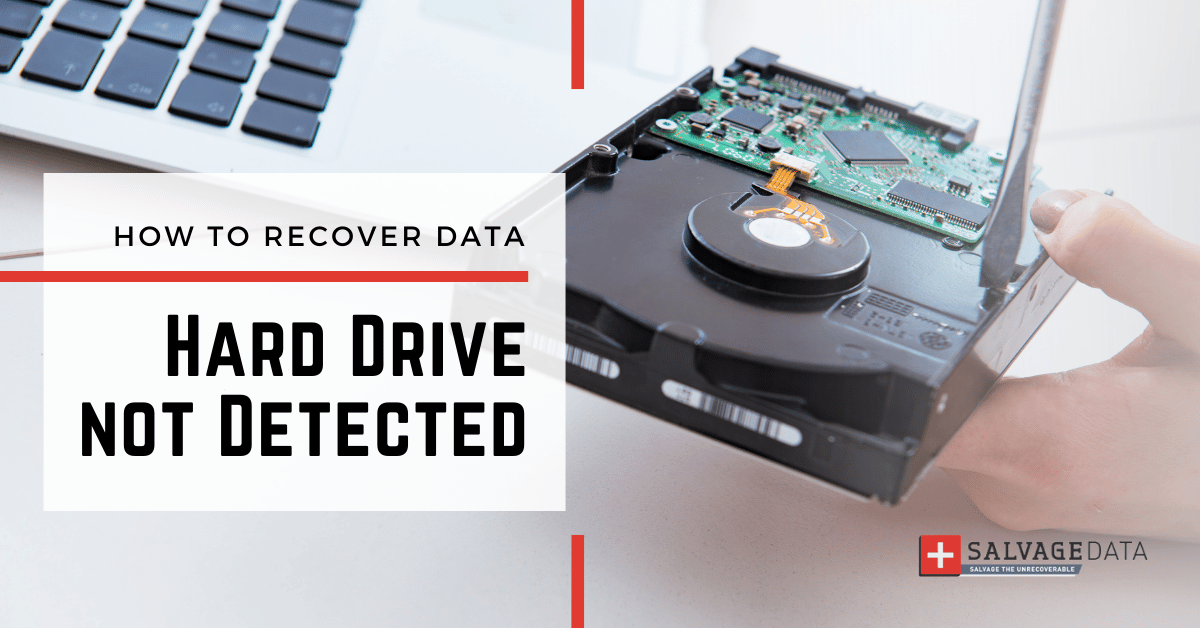
I think there's an issue with my storage device, but I'm not sure
Start a free evaluationHard drives, or HDDs, are highly efficient storage devices for daily data writing/reading or as backup devices. They are trustworthy and keep your data safe and accessible, but that doesn’t mean they are error-free. One error manifestation is trying to save a file and discovering that the hard drive was not detected by the system.You can face this error when you connect to the hard drive, yet the computer can’t find it. It may show up when you boot up your computer and see a “boot device missing” error message on the system setup. It can also appear when you connect your external hard drive, and a message box pops up to “initialize” or “format” the disk before you can use it. However, it might not have a message and you discover it once you try to access the hard drive but it is not showing up on device manager.
Solutions for the hard drive not detected issue
Since there are several causes for hard drives not detecting on a computer, we need several solutions to fix the error. These solutions work for HDDs from any manufacturer, including Seagate hard drives and WD hard drives that are not detected.
Solution 1: Check BIOS for hard drive detecting
The first test you should do when the system is not seeing the hard drive is to check if it can detect it in the BIOS. To do this, restart your computer and repeatedly press the key to enter BIOS setup (usually F12, F2, Delete, or Esc).
- Once you are in the BIOS, look for a section called “Integrated Peripherals” at the Advanced tab.
- Enable the USB controller, restart the computer again, and see if the hard drive shows up.
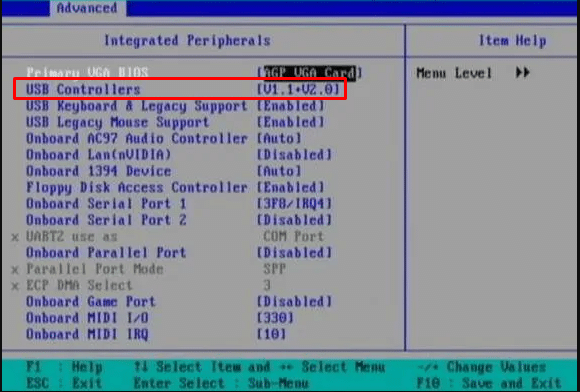
Solution 2: Change the drive’s letter
Each drive on your computer has a letter. So, if your internal or external HDD has an assigned letter that conflicts with another one on the computer, it will not be detected.To fix this, you’ll have to assign a new drive letter.

- Open Disk Management.
- There, the conflicted drive is shown as a New Volume.
- Right-click on it to select Change Drive Letter and Paths.
- In the new window, click Change and choose a new letter to assign to it.
- Confirm the changes.
Solution 3: Connect the hard drive to another computer
If you can’t get your hard drive to show up in BIOS or your HDD is not being detected by Windows, you can try connecting the hard drive to another computer. If the other computer can detect the hard drive, it means that the problem is with your computer, not with the hard drive.To ensure your computer can read the external hard drive, try cleaning your USB port and updating your drivers. To update your drivers on Windows, you can do the following:
- Open Device Manager by searching for it in the taskbar
- Select the category of device you want to update
- Right-click on the device you want to update
- Select Update driver
- Select Search automatically for updated driver software
- Follow the on-screen instructions
- Restart your computer to complete the installation
You can also try to reformat the drive if it’s set in a file format your computer can’t read. The most common file system formats are NTFS, FAT32, and exFAT.
- NTFS is the default file format for Windows and is designed for drives that will be used with Windows computers.
- FAT32 is an older file format that’s compatible with both Windows and macOS.
- exFAT is a newer file format that is compatible with both Windows and macOS.
Solution 4: Diagnose by the sound that the hard drive is making
If your computer’s hard drive isn’t spinning properly, you can remove the drive from the enclosure and try using an external enclosure. Be careful so you won’t damage your device.For both internal and external not detected hard drives, you can use your hearing to detect some issues. https://youtu.be/4nPx73P2lcAHDDs make a normal sound when you’re using them and when you turn them on. However, louder or unusual sounds are signs of damage. In this case, the best action is to look for professional help.
Common causes for not detected hard drive
Even though your hard drive can stop showing up on your computer system with no warning, it doesn’t mean you lost the data on it. When your device can’t read the hard drive, the best action to take to correct the error is to detect what’s causing it.
1. Unpowered hard drive
When not connected correctly or malfunctioning, the power cable can prevent the hard drive from showing up on your devices when connected. You can check the cable connection or try a different power cable to verify if this is your case. You can swap out the USB cable when the hard drive is external. If the drive draws power from an external AC adapter, try swapping that out as well.
2. Not properly connected the data cable (IDE / SATA) to the hard drive
Much like the power cable, a data cable that is not fully connected can prevent the hard drive from being detected. The same goes if the cable is not working because it’s damaged or for other reasons. Switching to a new cable should help you continue using the drive.
3. Corrupted or damaged hard drive
Your hard drive can show signs of being corrupted by either mechanical or firmware failure. When movable parts of the hard drive stop working, it’s a mechanical failure. There are several reasons for this, such as if you accidentally dropped your device. Unusual sounds, heating, and computers not detecting it can indicate this type of damage to the hard drive.
4. The operating system (OS) is not detecting the hard drive
Many are the reasons your OS does not detect the hard drive. The problem origins can be on the hard drive itself, can also be a faulty connection, or in BIOS settings. For example, sometimes your drive is not enabled on BIOS, and all you have to do is enter the BIOS setup and turn on your system to find the HDD.
How to recover data from a not-detected hard drive
When you are unsure how to fix the hard drive or if it has more severe damage, your best chance of retrieving files stored on it is by contacting a reputable hard drive recovery service. Recovery services also have a higher chance of returning your data the way it was before the issue.
Related services
These are the most commonly requested data recovery services. At our headquarters' cleanroom lab, our certified engineers conduct a thorough review of any type of physical storage device, determining if there is logical or physical damage and carefully restoring all of the lost files.ces.

External Drive Data Recovery
We recover data from both external SSD and HDD drives. Rely on certified experts to restore your important files from damaged or corrupted external drives.
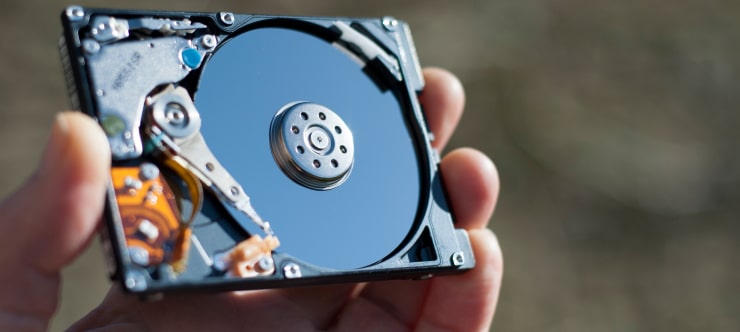
Hard Drive Data Recovery
Recover data from all brands of HDD, PC hard drives, and hybrid disks. Our specialists ensure fast and secure recovery for any data loss scenario.
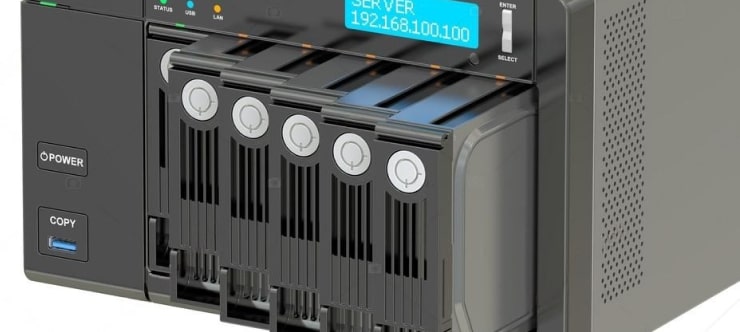
NAS Data Recovery
Recover data from NAS devices, including RAID configurations. Our team handles all types of NAS systems and ensures data recovery with minimal downtime.
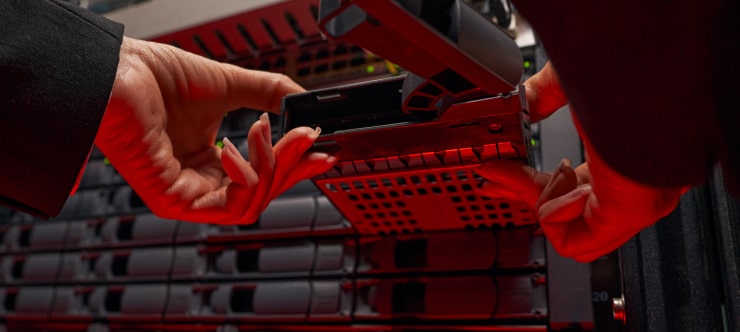
RAID Data Recovery
Our RAID data recovery services cover RAID 0, 1, 5, 10, and other configurations. We offer expert solutions for failed, degraded, or corrupted RAID arrays.

SAN Data Recovery
Our team specializes in handling SAN devices from leading manufacturers like Dell EMC, HP, and IBM, ensuring efficient recovery with minimal disruption to your operations.
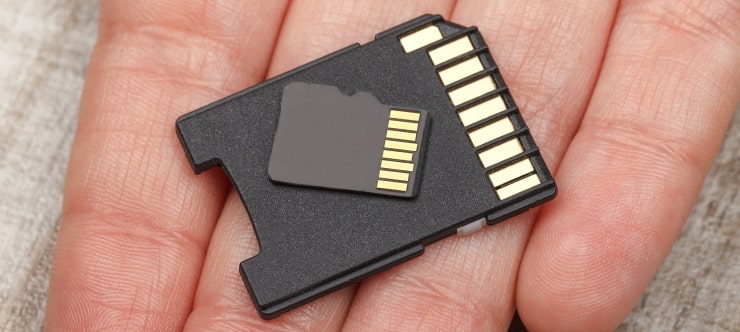
SD Card Data Recovery
Our recovery experts specialize in restoring data from SD and memory cards. We guarantee quick recovery with a no-data, no-charge policy.
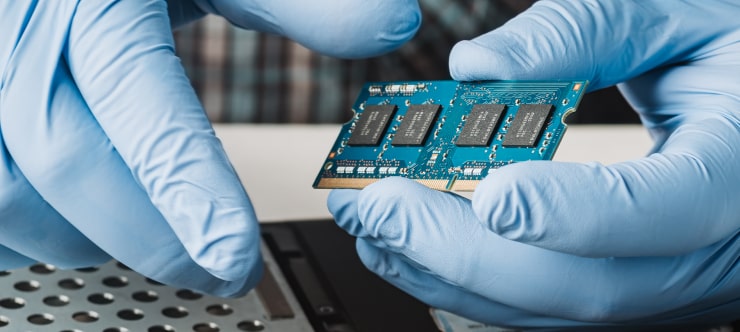
SSD Data Recovery
Our data recovery experts handle all SSD data loss scenarios with advanced tools, ensuring maximum recovery with high-security protocols.
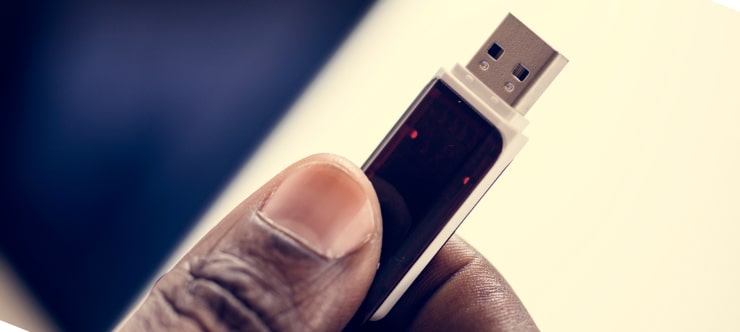
USB Flash Drive Data Recovery
Recover lost data from USB flash drives, regardless of the damage or brand. We offer free in-lab evaluations to assess data recovery needs.
If you’re unsure about which data recovery service to choose, let our team assist you in selecting the appropriate solutions. We understand the anxiety that comes with a sudden drive failure, and we are more prompt in our actions compared to other recovery service providers.



